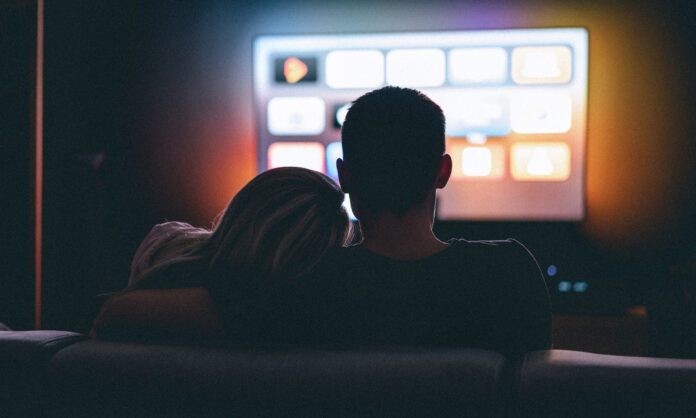
In a post on ScreenCraft, Ken Miyamoto shares his list of elements writers should pay attention to when they watch movies. “Some of the best education for screenwriters can be found in their most common practice: watching movies,” she says.
- The First Scene. The first scene grabs the audience’s attention, introduces the genre, and sets the tone for the film. For screenwriters, this scene is also important for the hoped-for production company reader, but this is also crucial for prose writers.
- How Soon Is the Protagonist Thrown Into the Conflict? The timing often depends on genre, but most of the time, the conflict arises as soon as possible. At the least, the conflict is teased. Miyamoto advises studying films that are similar in genre and tone to your story, and then tracking how quickly the conflict strikes. Keep the story world scene brief.
- Look for the Twists, Turns, Plants, and Payoffs. “Study how movies set up plants and payoffs through all of the acts of the story,” Miyamoto writes. “Keep an eye peeled for how the writers and filmmakers misdirected you—offering subtle twists and turns.” Do this regardless of genre. Even if you’re not writing a story with a surprising plot twist, you want to keep the audience interested and give them the occasional surprise.
- How Do You Feel at the End of the Movie? Is there catharsis? Do you feel reassured, hopeful, frightened, or overwhelmed? Did you learn something or feel changed? “Sometimes the catharsis you feel has little or nothing to do with you personally, but the movie was crafted so well that you somehow felt placed within the shoes of the protagonist and felt their own catharsis by the end of the film,” Miyamoto says.











